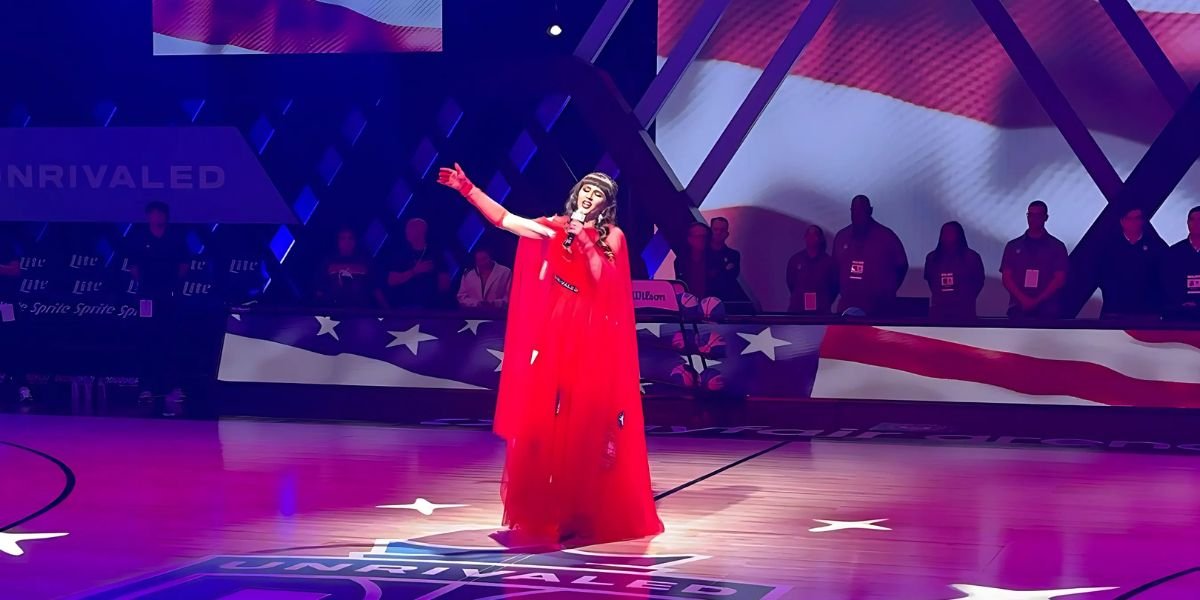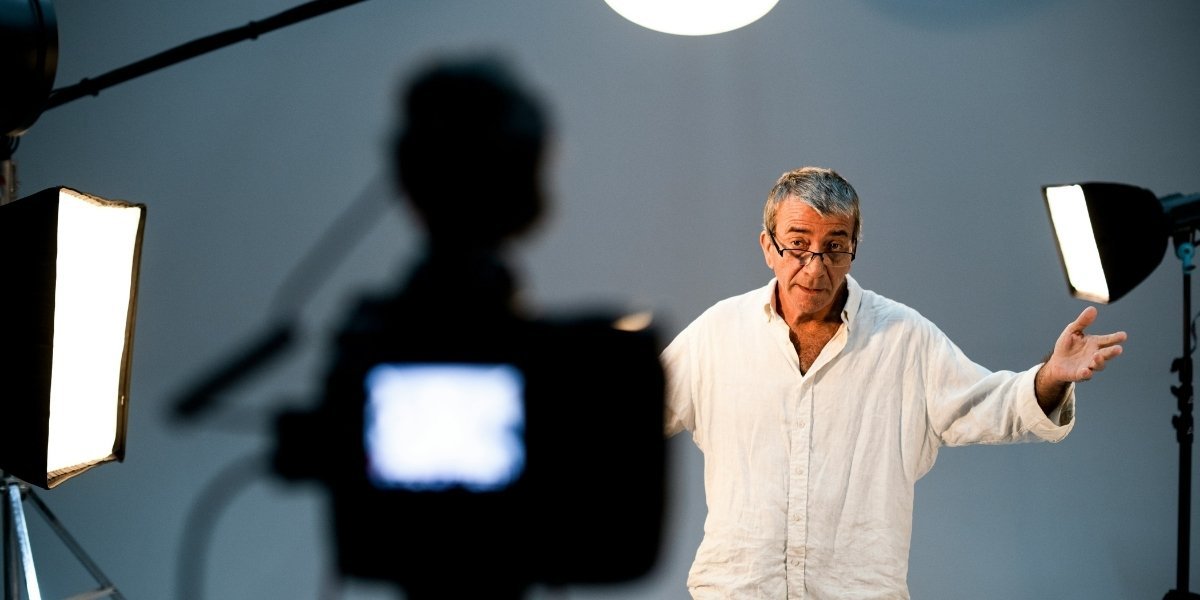How Did Remote Controls and VCRs Revolutionize Home Entertainment?
The introduction of remote controls and VCRs marked a significant turning point in the world of home entertainment. Before their arrival, watching television or playing movies involved manual operation—getting up to change the channel, adjust the volume, or even rewind a tape. The remote control and the VCR (Video Cassette Recorder) brought convenience and new possibilities, changing how we interacted with our entertainment systems.
At the heart of this shift was the promise of making home entertainment more user-friendly and accessible. By eliminating the need for constant physical interaction, these innovations allowed people to enjoy television and movies in ways that were once thought impossible.
Read Also: Why Filmmakers Love New York: The City’s Cinematic Magic
What Sparked the Creation of Remote Controls and VCRs?
The idea of a remote control came from the desire to make television watching more convenient. Initially, people had to manually turn knobs and press buttons on their TV sets to change channels or adjust the volume. As televisions became more common in households, manufacturers began to realize that viewers would appreciate the convenience of controlling the television without having to physically approach it.
In the late 1950s, Zenith Electronics introduced the first successful remote control, called “The Flash-Matic.” This was a breakthrough product, allowing users to control their TV using a light beam that activated photo sensors built into the television. However, it wasn’t until the 1970s, with the introduction of the “clicker”, a remote that used radio frequencies, that the concept of remote control truly took off.
Meanwhile, the VCR was born out of a similar need: to make movie-watching at home more accessible. Before VCRs, people had to go to movie theaters or rent films on film reels, which was costly and inconvenient. The arrival of the VCR in the 1970s allowed people to record television shows and watch them at their own convenience, as well as rent and watch movies at home.
How Did Remote Controls Change the Way We Watched TV?
The remote control revolutionized television viewing by offering convenience and control. Viewers no longer had to get up to change channels or adjust the volume. With the remote, all the functionality of the television could be controlled from the comfort of the couch. This minor change made a significant impact, turning television viewing into a more relaxed and enjoyable activity.
Soon, the remote control became a standard feature in most households. By the late 1970s, most televisions were being sold with remote controls, and people began to rely on this device for everyday viewing. Over time, remote controls expanded beyond the basic functions of changing channels and volume. They began to include buttons for switching between video sources, adjusting settings, and even controlling DVD players and gaming consoles.
As technology evolved, so did the capabilities of the remote. Today, universal remotes can control various devices, such as smart TVs, streaming devices, sound systems, and even home automation systems. What began as a simple convenience has now become a sophisticated tool for managing home entertainment systems.
How Did VCRs Transform Home Movie Watching?
Before the VCR, watching movies at home was a limited experience. People could either watch movies on television, which were often scheduled at specific times, or they could go to video rental stores and rent films on film reels, which were expensive and inconvenient. The introduction of the VCR allowed people to record TV shows, movies, and home videos, giving them full control over what they watched and when.
The VCR also led to the rise of home video rental stores, such as Blockbuster, which became a popular business model in the 1980s and 1990s. People could rent VHS tapes and watch them at their leisure, creating a new culture around home movie watching. The ability to pause, rewind, and fast-forward movies gave people greater control over their viewing experience.
In addition to changing how people watched movies, the VCR also played a pivotal role in the development of home recording technology. It allowed people to create their own movie collections, record television shows, and even make personal recordings for later viewing. This opened the door to the home entertainment industry, which exploded in the 1980s and beyond.
What Impact Did These Technologies Have on the Entertainment Industry?
The introduction of remote controls and VCRs had a profound impact on the entertainment industry. First and foremost, they made home entertainment more accessible and convenient, which led to a surge in television and movie consumption. People no longer had to plan their evenings around TV schedules or movie theater times. The ability to watch content at their own pace changed the way people interacted with entertainment.
The VCR also sparked a boom in the movie rental business, as people could now rent movies for home viewing. This new trend reshaped the movie industry and eventually contributed to the rise of new distribution models like DVDs, Blu-rays, and digital streaming services. It also paved the way for more niche content to become popular, as people could record and watch shows or movies that were not necessarily mainstream.
The remote control, on the other hand, continued to evolve alongside the entertainment industry, with newer features such as voice control, motion sensors, and smart features. As smart TVs and streaming platforms became more popular, the remote control adapted, allowing users to navigate through apps and services with ease.
Read Also: From Script to Screen: Behind the Scenes of Iconic Films and TV Shows
How Are Remote Controls and VCRs Still Relevant Today?
While VCRs are no longer the go-to technology for home entertainment, their impact can still be seen in modern streaming platforms and digital recording systems. The desire for on-demand content and the ability to watch it whenever and wherever we want stems from the VCR’s legacy of control and convenience.
Remote controls have similarly evolved into sophisticated devices that control a wide range of home entertainment systems. Today, smart remotes can control everything from streaming services to home automation systems, making them more important than ever in managing modern homes. Even though the original VCR may have been replaced by digital streaming, the desire for user-friendly control over entertainment systems remains as relevant as it ever was.








